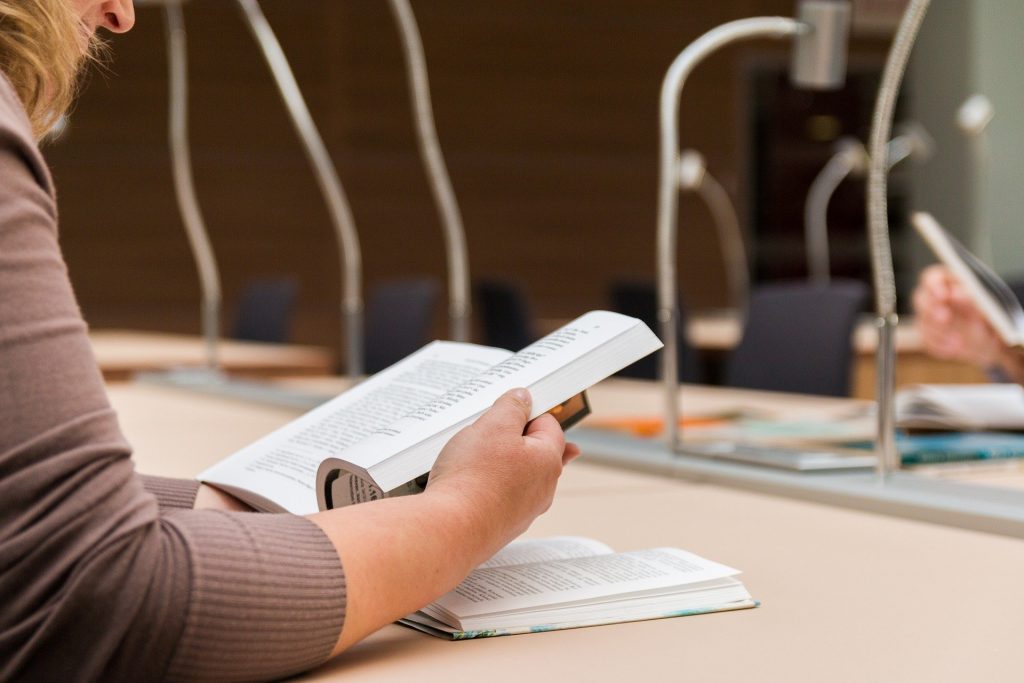What We Review
Introduction
Ever wonder how characters in your favorite books feel so real or why some stories keep you hooked till the end? That’s all about character and plot development! This guide is here to unravel these key elements that turn a good story into a great one.
We’ll explore how characters evolve, just like us, in response to their adventures and challenges. Plus, we’ll dive into the journey of a plot from start to finish, understanding the rollercoaster of events that shape a story. Perfect for book lovers and budding writers, this post is your ticket to understanding the heart of captivating storytelling!
Why Track Character and Plot Development?
- Keeping an eye on the characters and what happens helps you get the most out of the story. It’s like following the clues in a detective game.
- You can learn a lot from these characters. What they go through in the story might be a lot like the challenges you face in real life. And guess what? Just like them, you can overcome these challenges and come out stronger.
So, as you read, think about what the characters are doing and how the story’s adventures unfold. It’s not just about finishing the book; it’s about going on a journey and learning from it!
How to Track Character and Plot Development
Embarking on a reading journey, your role is to delve into the character and plot development as if you’re part of the story. Observe the characters’ actions, their evolution, and their responses to various situations. This approach enriches your understanding of the narrative and deepens your engagement with the book.
Meeting the Characters
- Character Lists: Begin your exploration of character and plot development by compiling a list of main characters. This initial step is like preparing for an adventure, knowing who you’ll encounter.
- Figuring Out Who Matters: Play detective and discern the pivotal characters yourself, focusing on the depth of their introduction by the author. If someone gets just a brief mention, they might not be super important. But if there’s a lot of detail about someone, like what they look like, their job, or their personality, they’re probably a big deal in the story.
Watching the Characters in Action
Character and plot development in novels are significantly influenced by character interactions. Pay attention to dialogue and relationships, noting any transformation in characters. For instance, in The Strange Case of Dr. Jekyll and Mr. Hyde, observe Dr. Jekyll’s shifting demeanor and its impact on the plot.

The interactions between characters can also signal patterns or shifts in a relationship; for example, Utterson notices that Henry Jekyll shifts between trusting and distrusting him as one of his closest friends. Jekyll will simultaneously tell Utterson that he trusts him more than anyone in the world while also refusing to tell him anything about his strange relationship with Mr. Hyde. These relationships, specifically the changes in these relationships, typically help signal the plot’s direction. Jekyll’s inconsistencies in his relationships foreshadow his gradual fall from grace as the story progresses.
Using a Plot Diagram
A plot diagram serves as your roadmap through the twists and turns of a story’s character and plot development. From the exposition to the resolution, track how the events shape the characters’ journey, leading to a climactic transformation and a conclusive resolution.

Understanding the Story’s Parts
- Beginning (Exposition): Right at the start, you’ll get to know where and when the story happens, who’s in it, and what problem they’re facing. It’s like the intro scene in a movie.
- Building Up (Rising Action): As you read on, watch for big moments or decisions in the characters’ lives. These are like the roller coaster climbing higher and higher. Each event gets more intense, leading up to the biggest moment.
- The Big Moment (Climax): This is the top of the roller coaster – the most exciting and intense part of the story. Here, something major happens that really changes the main character.
- Cooling Down (Falling Action): After the climax, things start to settle down. The characters are dealing with what just happened and moving towards a normal life again.
- The End (Resolution): This is where everything wraps up. You find out how everything that happened affects the characters and their world.
Cracking the Code: Understanding Themes, Motifs, and More in Stories
Understanding themes, motifs, symbols, and foreshadowing is crucial in character and plot development. When reading, these elements are like a hidden code giving the story depth and meaning. For instance, themes represent the overarching ideas or messages, while motifs are recurring symbols or ideas that reinforce the narrative’s core elements.
- Themes and Messages: These are the big ideas or messages the story is trying to tell you.
- Motifs: These are things that keep popping up in the story, like a symbol or an idea that keeps coming back.
- Symbols: Objects or events in the story that mean something more than just what they are.
- Hints of What’s Coming (Foreshadowing): Sometimes, the story gives you little hints about what might happen next.

Let’s start with themes and messages. Themes are the foundational ideas that drive character and plot development. They shape the narrative’s direction and invite readers to reflect on the underlying messages of the story.
Then, there are motifs. Motifs consistently appear throughout a story, enhancing character and plot development. They’re like repeated patterns or images that offer insights into the narrative’s deeper layers.
Symbols in a story are a bit like a treasure hunt. An object or an event in the book means something more than just what it appears to be. It’s a deeper layer of the story waiting for you to uncover it.
And don’t forget about foreshadowing. It’s like getting a sneak peek at what’s going to happen, but in a subtle way. The story drops little hints here and there, nudging you to guess what might come next.
Finding These Elements in Dr. Jekyll and Mr. Hyde
In a book like Dr. Jekyll and Mr. Hyde, you can see all these elements at play. The violence, mystery, and deception that weave through the story aren’t just there for thrills. They’re motifs that help us understand the characters better, like Hyde’s association with violence or the foggy weather mirroring Utterson’s confusion.
As you start to recognize these patterns, you can form theme statements. These are like your own conclusions about the deeper messages of the book. For example, in Dr. Jekyll and Mr. Hyde, the story might be guiding you to think about how no one can escape the consequences of their actions or how a peaceful world needs rules and morality.
So, as you read and track the character and plot development in the story, keep your eyes peeled for these elements. They’ll help you unlock the story’s deeper meanings, turning your reading experience into a journey of discovery. It’s not just about following the plot; it’s about uncovering the hidden truths that the author has woven into the fabric of the story.
Conclusion
Here’s a checklist to make your reading journey epic:
- Meet the Characters: Get to know who’s who in the story. Just like making new friends, find out what makes each character unique.
- Make Character Connections: Watch how these characters interact. It’s like seeing how your friends behave differently with you and others.
- Notice Character Evolution: Notice how characters change as the story unfolds. It’s like watching your friends grow up – what changes them, and why?
- Explore Events: Keep an eye on the big happenings in the book. How do these events shake up the story?
- Find Hidden Treasures: Look for symbols, motifs, and themes. They’re like secret messages the author has hidden for you to find.
By reading with these points in mind, you’re not just reading words; you’re becoming a part of the story. And guess what? This helps you become a super listener and communicator. So often in conversation, we are tempted to ignore the other person and are just waiting for our turn to talk. By taking the time to really “listen” to the text, you’ll learn to really hear what others are saying.
Practice Makes Perfect
In addition to the recommended activities above, Albert provides a wide range of texts for students to analyze and interpret. For emerging readers, check out our Short Readings course, which uses short passages to reinforce fundamental reading skills. Readers at all ability levels may enjoy our Leveled Readings course. It offers Lexile® leveled passages focused on a unifying essential question. This allows you to keep all students on the same page regardless of reading level. Learn more about the Lexile Framework here!
For authentic practice, check out our Essential Readings in Literature course. This course provides an overview of the core texts that American students often read in English class. Each text is broken down by skill, ensuring that students approach their reading from every angle.
With our easy-to-use interface and informative feedback, Albert.io is the perfect tool for reinforcing close reading skills and helping students develop a deeper understanding of the texts they encounter.







